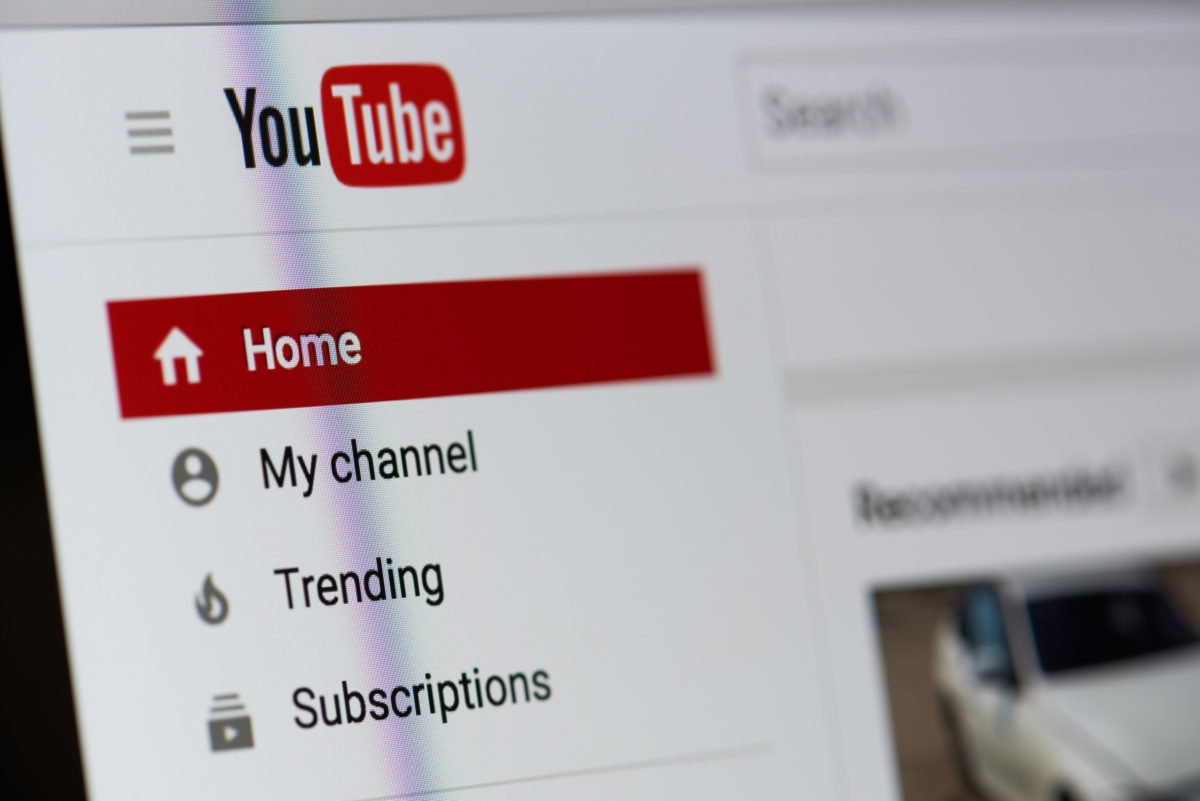Data and analytics have often been cited as a key factor in delivering more relevant content to audiences, but that may not be the case on YouTube, where a new study by Zefr has found that more basic content targeting methods are actually better at driving engagement and favourability with viewers.
Zefr worked with Magna and IPG Media Lab for the study, which took in the responses of over 3,000 people who consume ads on Youtube through three primary methods of targeting: content, demo and channel. The results are somewhat surprising as the power of content targeting may have previously been underplayed.
Content targeting is defined as a method for placing ads alongside content at video level, which means that ads served up are generally more relevant to the content that is being viewed. In contrast, demo targeting leverages demographic signals such as age and gender to determine reach, while channel targeting merely focuses on channels that are the most popular on YouTube.
Content targeting was found to be the most effective overall as it did a better job of capturing the interest of end users. The study noted that the method was particularly good at keeping users engaged for the entire run time and cutting down on the number that skip or click away elsewhere after a few seconds. This is because the ads were more relevant.
In terms of raw statistics, content targeting for ads resulted in a 34% higher completion rate for viewers on smartphones when compared to demo targeting. It also provided much better user experiences as content targeting was also deemed to be 33% less intrusive than the other methods studied.
“Because YouTube is an intent-based platform, aligning video ads with relevant content is a key for consumer experience, without the broad strokes targeting of channels and demographics,” a Zefr representative said. A failure to align content correctly can also annoy audiences, which can have a detrimental impact on engagement and brand reputations.
“The way advertisers operate on platforms like Facebook and YouTube is under more scrutiny than ever before,” Zefr Co-Chief Executive Rich Raddon said in a statement. “We’ve long been big believers in the power of content targeting at the video level and how it can help brands effectively reach consumers without relying on audience data or violating their privacy, but this study takes our information to a whole new level.”
While analytics may not need to be the foundation for successful campaigns on YouTube, the 2018 CMO Pulse Study has found that data is crucial for connecting the success of content efforts to the wider business. More than a third said that data and analytics need to be improved to empower CMOs to deliver better return on investment.
“Today’s marketers have more data and analytics than ever before, so it would seem they should be able to tie their efforts directly to the success of the company,” Korn Ferry Global Marketing Officers Practice Managing Director Caren Fleit said. “Unfortunately, many measure the effectiveness of initiatives only in terms of marketing metrics and miss the opportunity to connect it to overall business performance as measured in terms of sales and profit, among other factors.”





